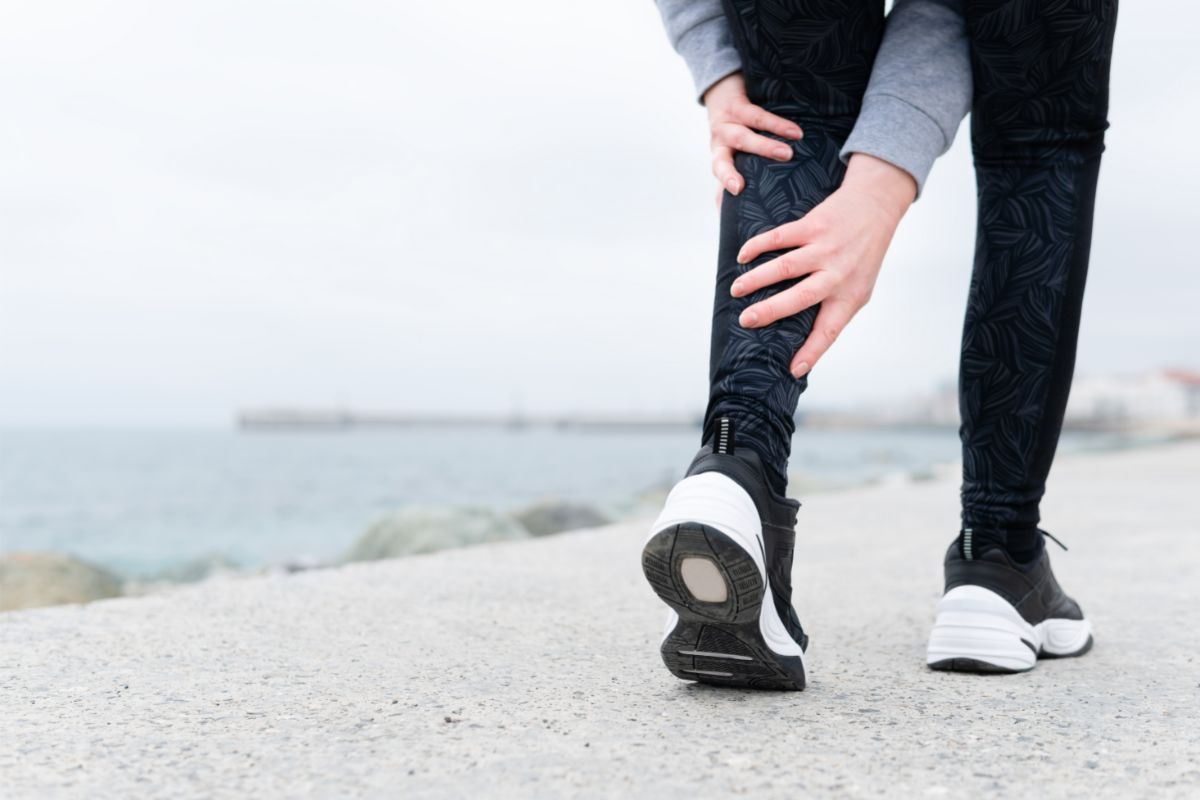Runners can quite often find themselves saddled with injuries that come about as a result of over-exertion, or improper practice when exercising.
Joint and muscle damage are both very common when exercising, and can lead to extensive recovery periods that runners totally dread.

However, easily one of the most common problems that plague runners is Piriformis syndrome, a condition that involves the piriformis muscle, located towards the buttocks, as it begins to spasm, causing great pain, and causing difficulty for runners.
But are there any exercises that can help runners to ease symptoms of piriformis syndrome and return the muscle to normal? Join us below to find out!
What Are The Best Exercises For Piriformis Syndrome?
Luckily, if you are suffering from piriformis syndrome, there are plenty of excellent exercises that you can do to help you to recover! Let’s take a look at them.
The Hip Rotator
This simple exercise has been known to provide immense relief from symptoms and has helped many people to recover from piriformis syndrome and return to normality.
In order to pull off the exercise, you first need to get into a comfortable position, lying down on your back. From there bend both legs so that your knees point up and your feet lay flat on the floor.
Once you are in position, take the affected leg, and rest the ankle of that leg on the thigh of the opposite leg. This will create a distinct triangle shape in your leg.
Simply push the affected leg at the knee, which will cause the muscles around your hip to stretch. Push until you feel the hip stretching, and be careful not to push too far.
Hold yourself in that position for around 30 seconds, and then slowly return to the neutral position. Repeat the pushing motion a few more times, being sure to move your knee back to a neutral position occasionally.
It is also recommended to perform this motion on the other leg a few times before finishing, to allow your body a full stretch.
The Piriformis Stretch
In order to perform this exercise, simply lay flat on your back and then bend your knee and lift your affected leg up. Take the hand on the opposite side of the body from the affected leg, and reach over to grasp the knee of the affected leg.
Slowly pull at the knee, pulling it towards the opposite shoulder. Once again, this will create a stretching sensation in the hip.
Once you feel the hip beginning to stretch, you then simply need to hold your body in that position for around 30 seconds, before then swapping over to the other leg. Repeat this exercise as many times as you see fit!

Lower Abdominal Strength Exercise
This exercise will really help to reset your hips.
Start by lying on your back, and place your feet flat on the floor. From this position, slowly suck in your gut to tighten your belly muscles.
Once you have done that, lift one of your legs, bend the knee, and hold it aloft until it creates an “L” shape. Then, lift the other leg into the same position.
Once both legs are up, keep one up, and slowly lower one leg down. From there, keep alternating your legs, and repeat that motion around 12 times.
This will cause your lower abdominal region to strengthen, and will stretch all of the important muscles in the area, including the piriformis muscle, alleviating symptoms of piriformis syndrome!
To Wrap Up
As you can now see, alleviating the symptoms of piriformis syndrome is surprisingly simple and can be done easily with just a little bit of patience.
Simply try out some of these exercises, and you’ll be back up and running in no time at all!
Make sure to alternate the exercises to get a full workout and to allow your body to recover more effectively.
Frequently Asked Questions
What Exercises Should I Avoid With Piriformis Syndrome?
If you ever find yourself suffering from symptoms of piriformis syndrome, you should make sure to avoid exercises such as running or biking for the time being, as the repetitive motions of those activities can cause further pain.
Instead, perform some piriformis exercises to return to normal, take regular breaks, and allow yourself short walks to slowly shift the muscle back into its original position.
Will My Piriformis Ever Heal?
Piriformis symptoms may eventually begin to heal with time, and with a bit of rest. However, if they persist for a long period, you may want to consult a physician to see if they can prescribe any treatments for the condition!
Can Stretching Make Piriformis Worse?
Stretches designed for treating piriformis syndrome will help to slowly make the piriformis more healthy. However, it is important that you do not stretch yourself too hard, as you run the risk of making the symptoms slightly worse.
- Can Dogs Run Faster Than Humans? (Running With Your Furry Friend) - October 4, 2022
- 10 Doggie Fun Runs You Will Love [Ultimate Guide] - October 4, 2022
- What Are Division Results In Running? - October 4, 2022








